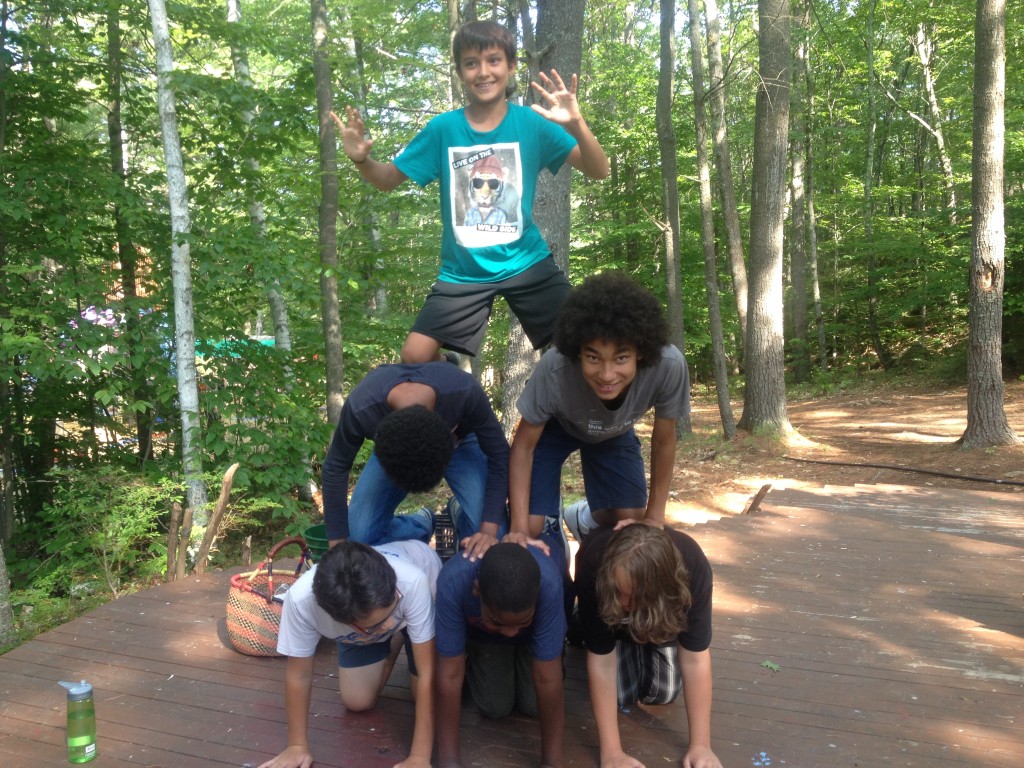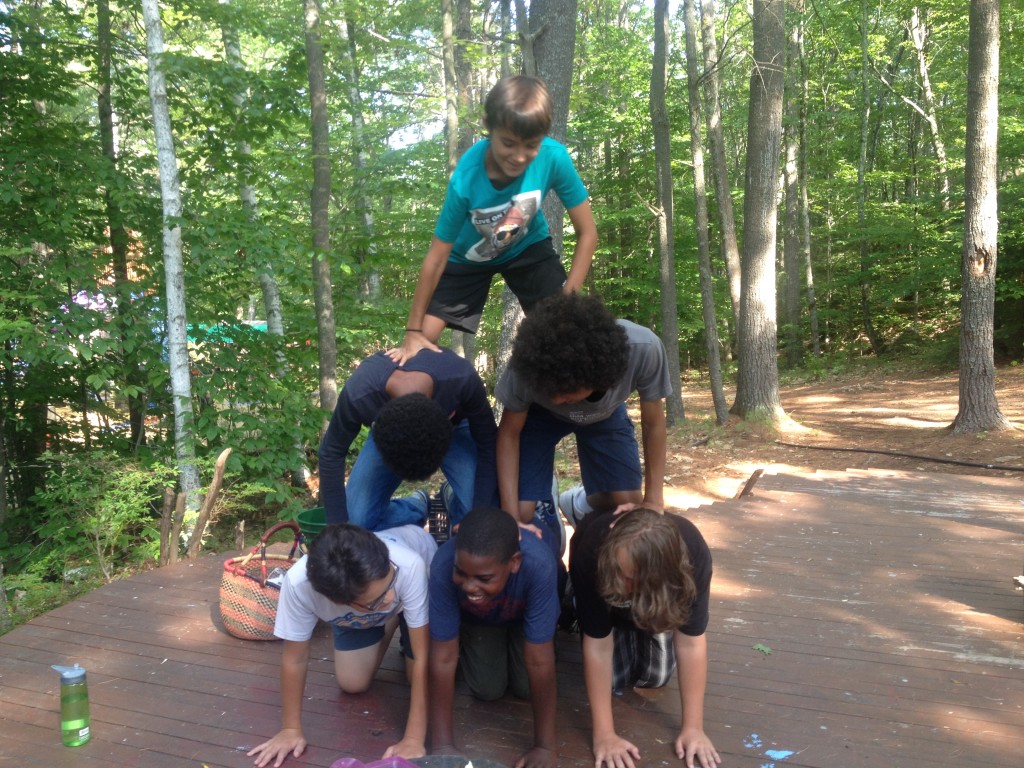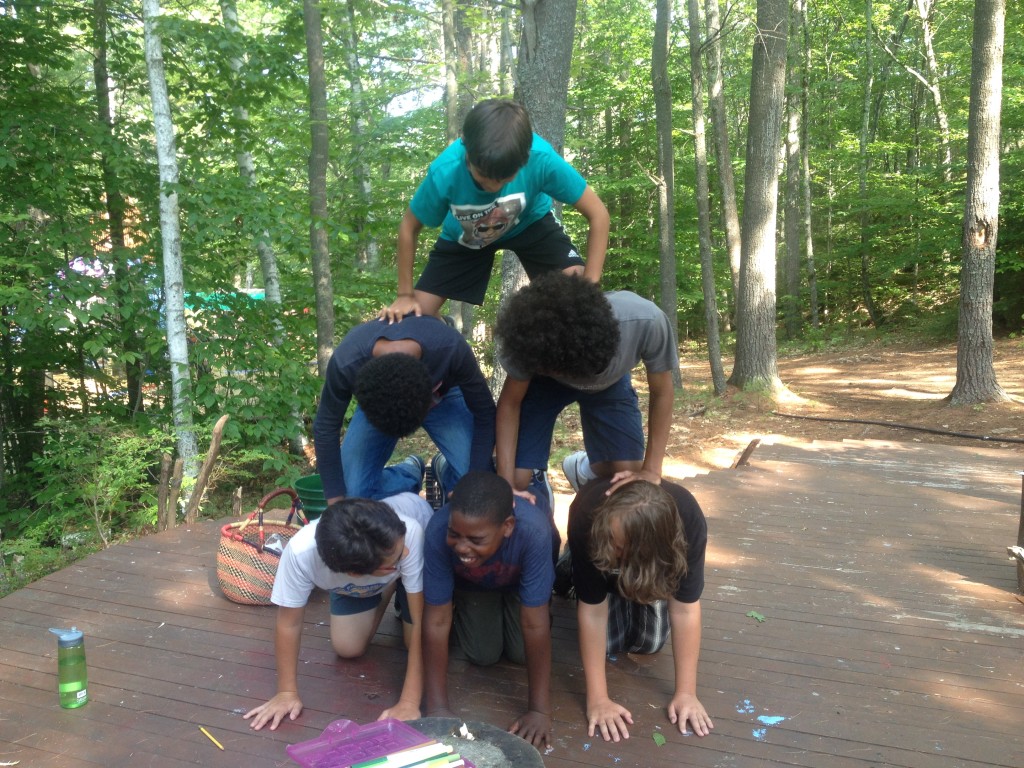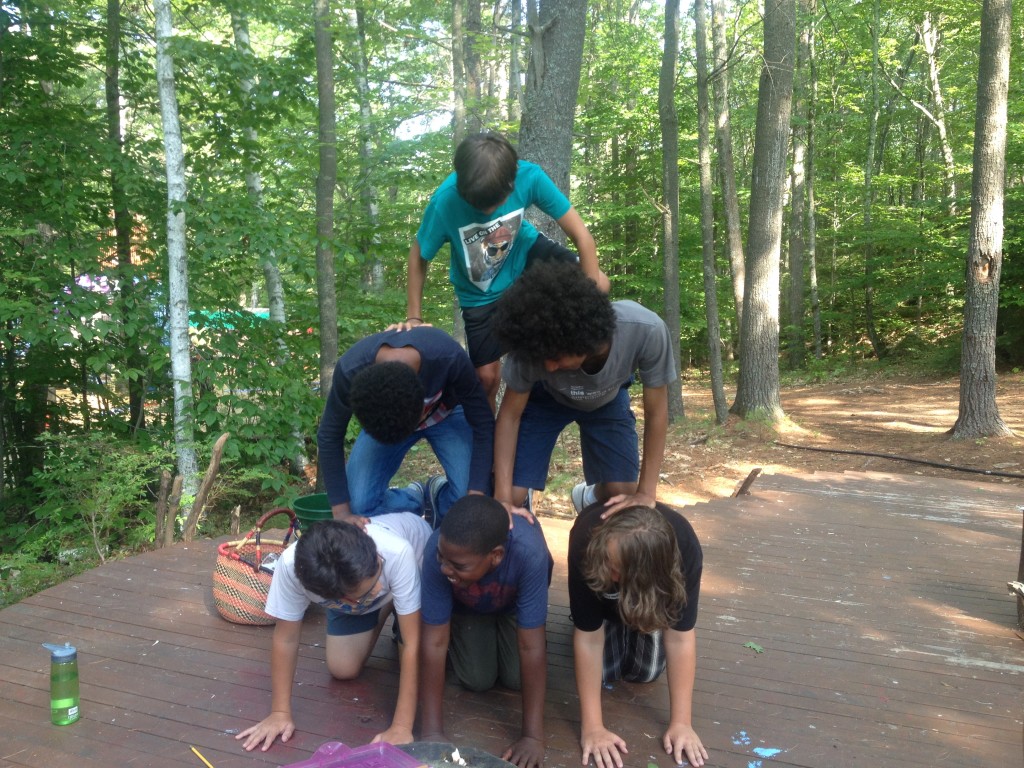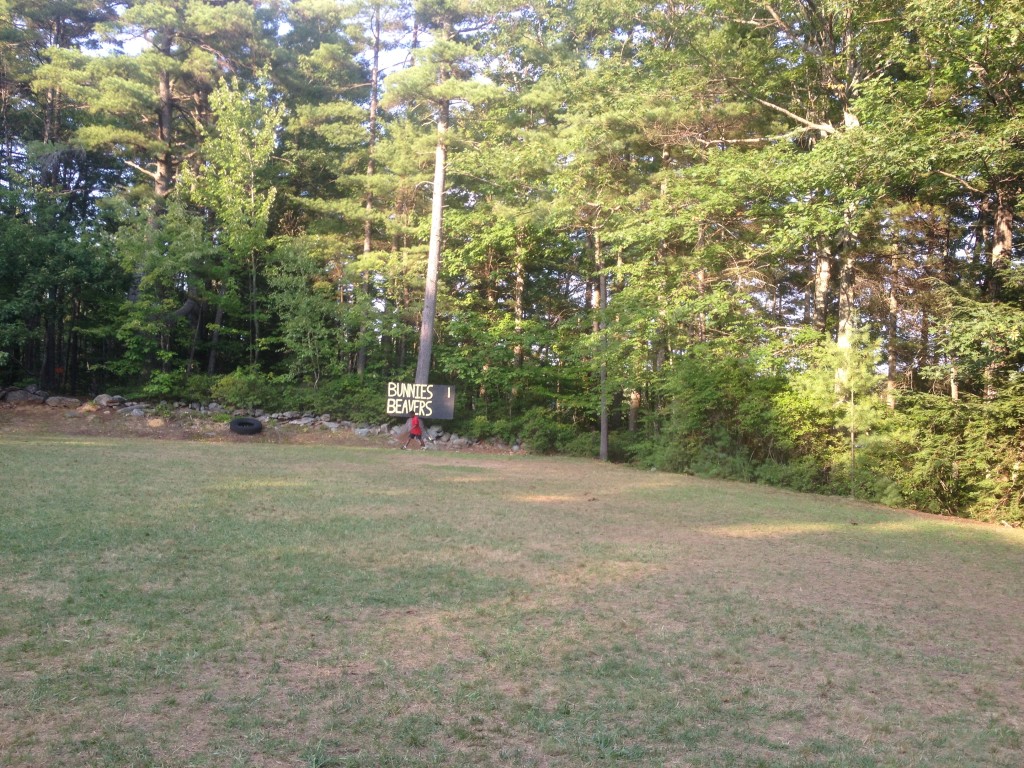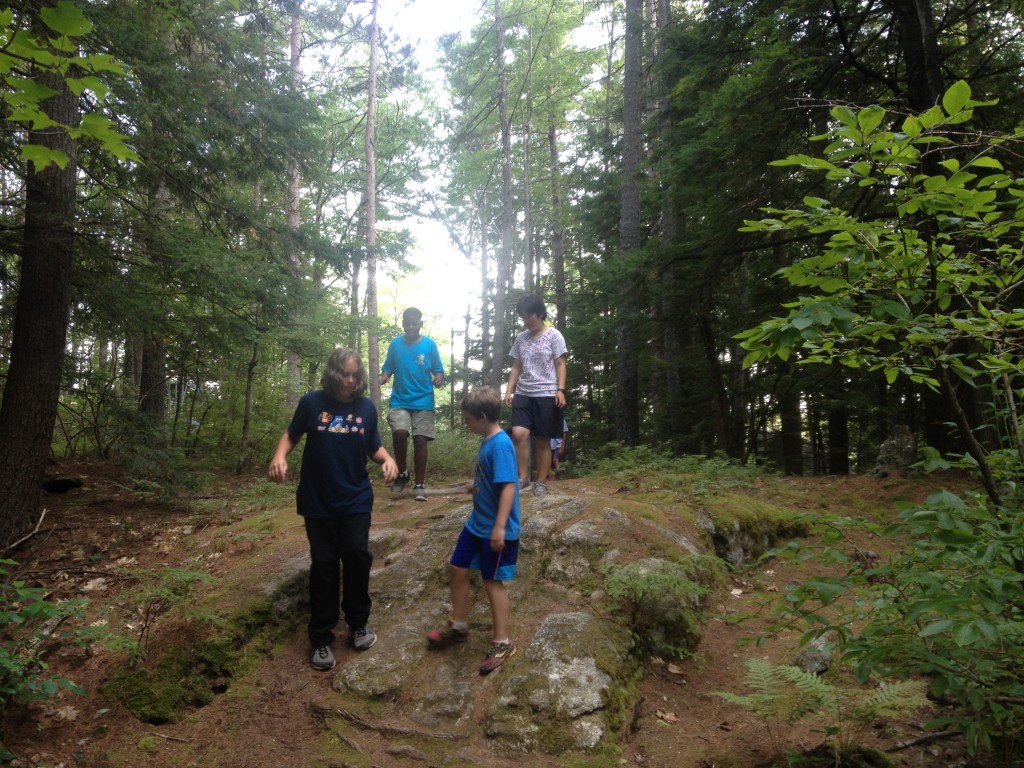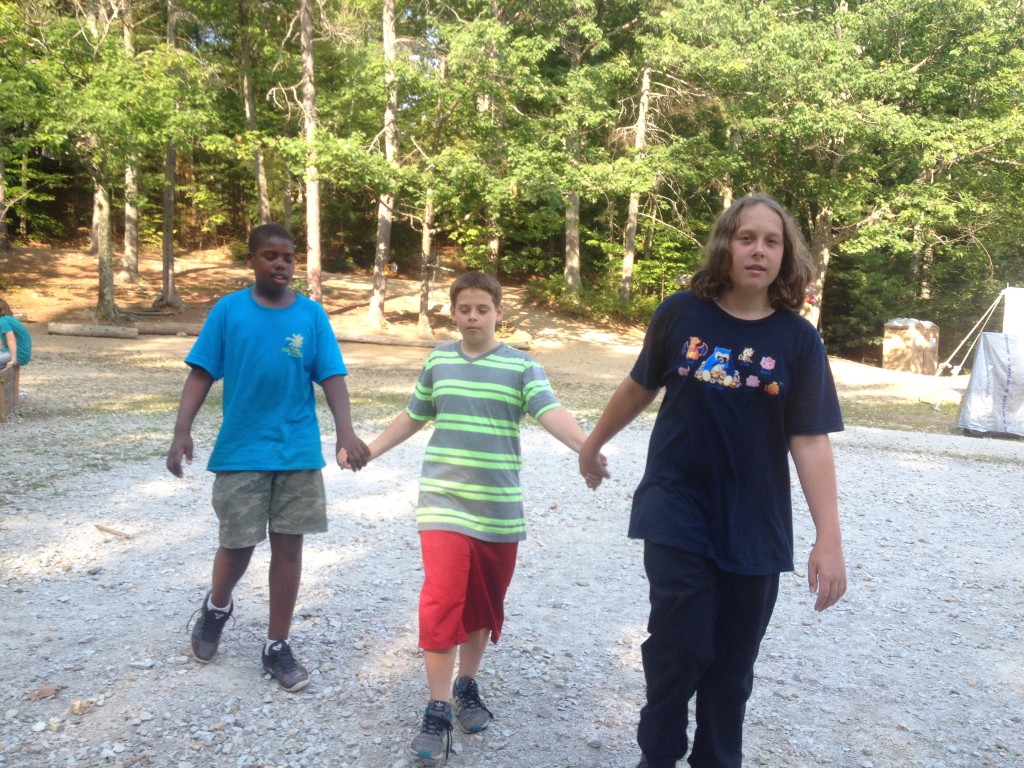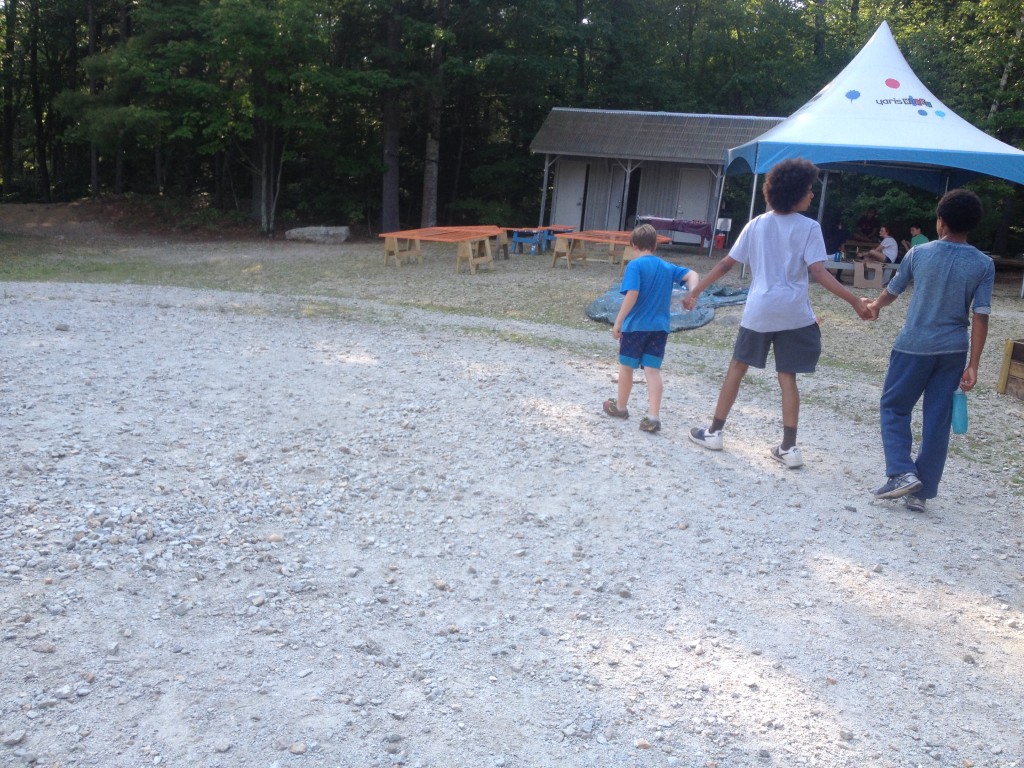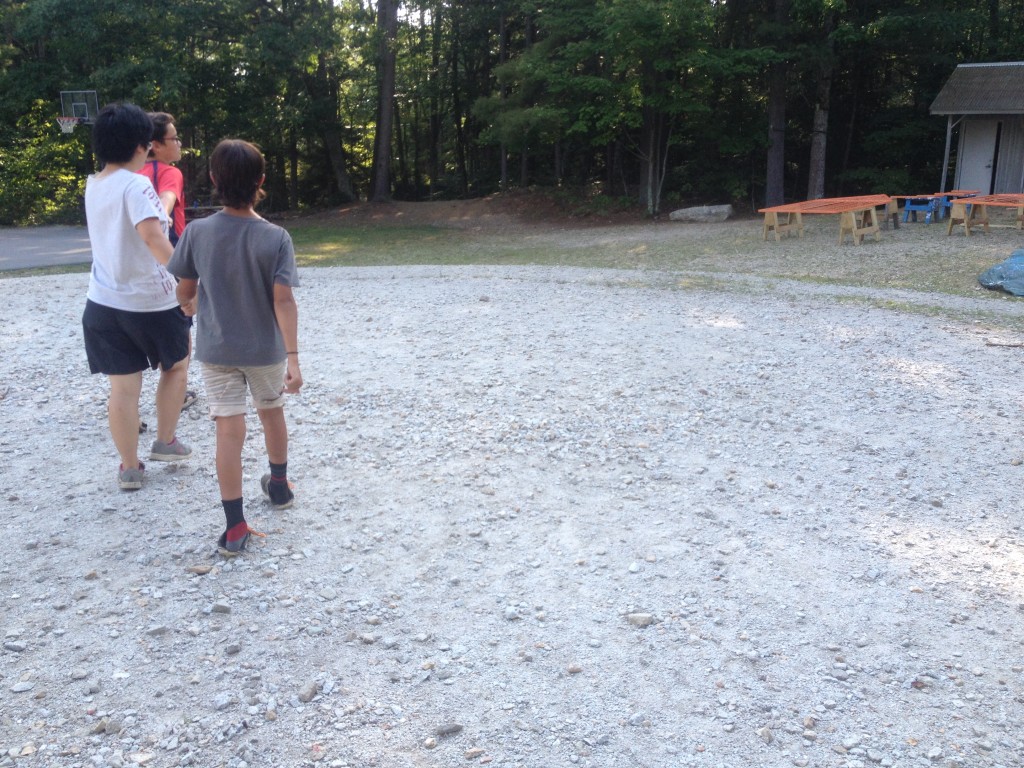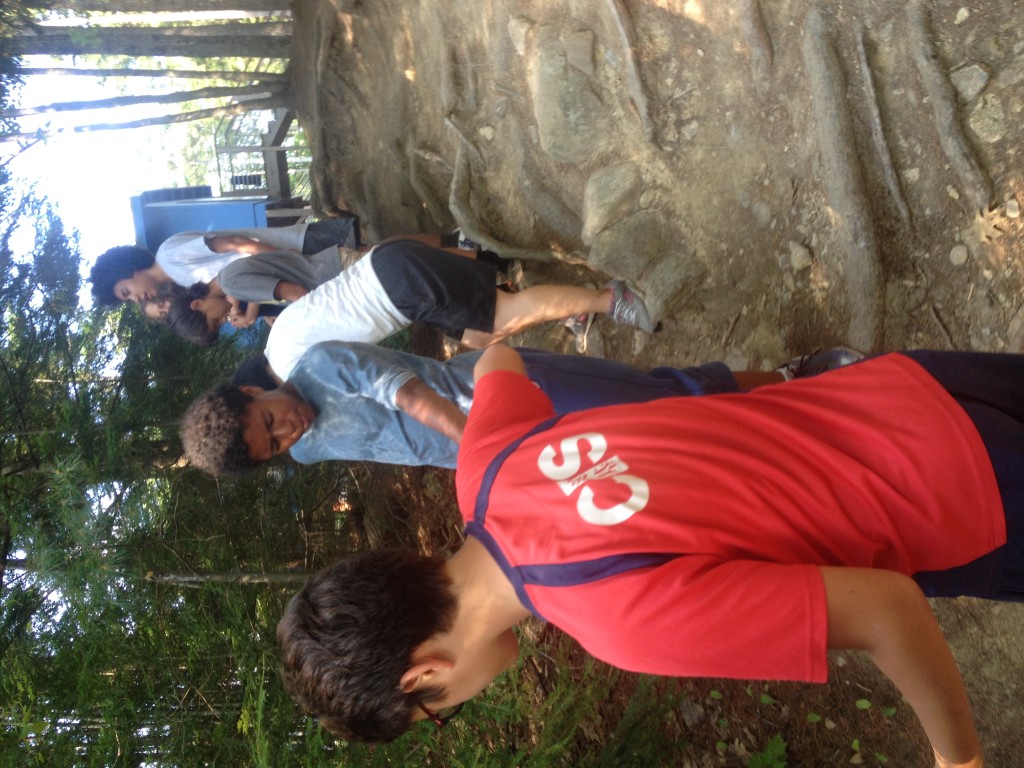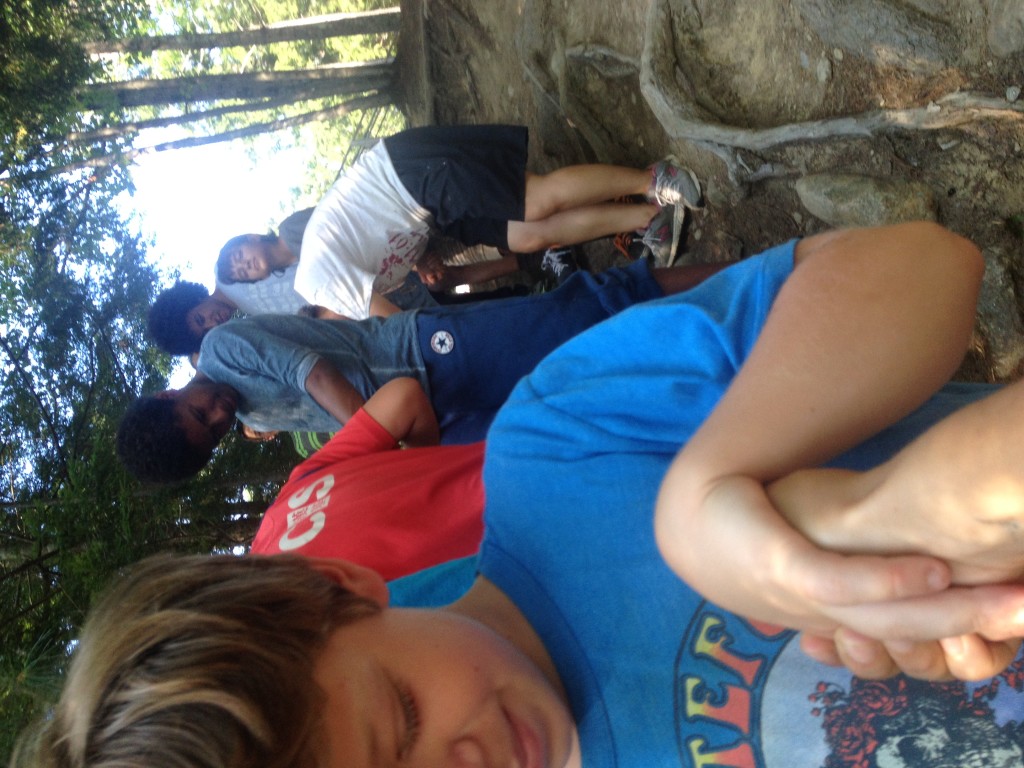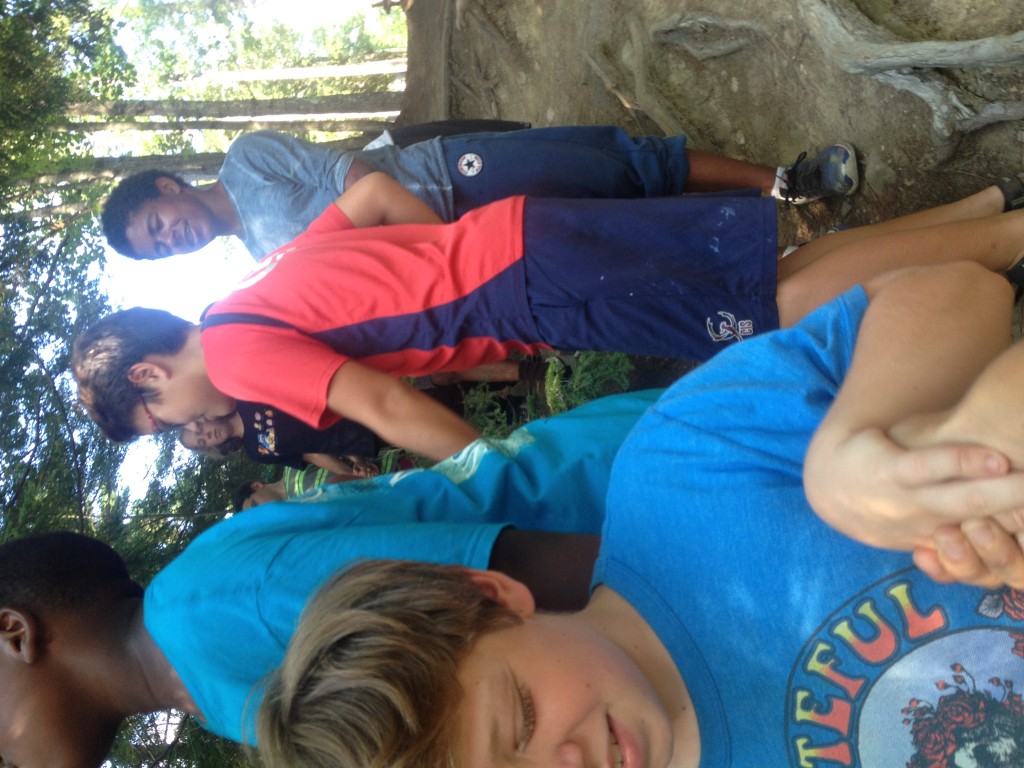Buy one here













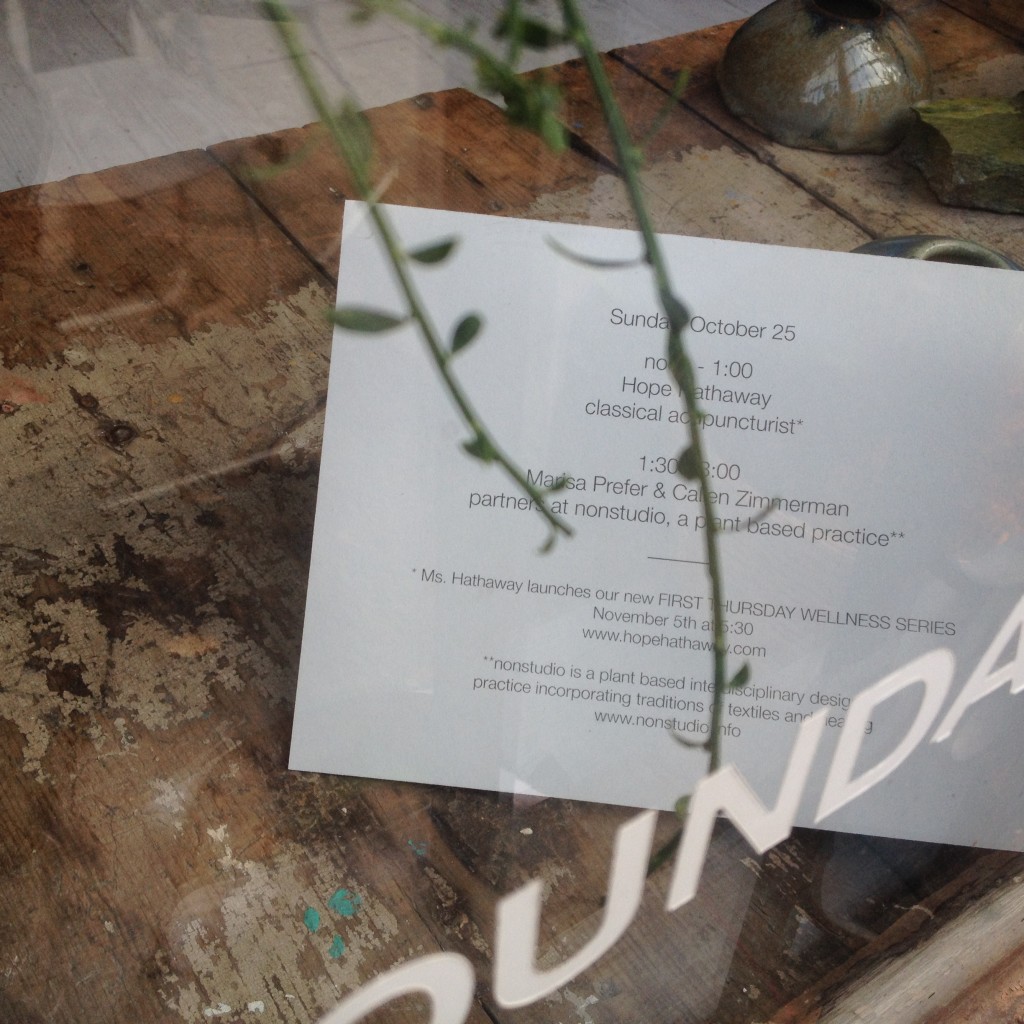
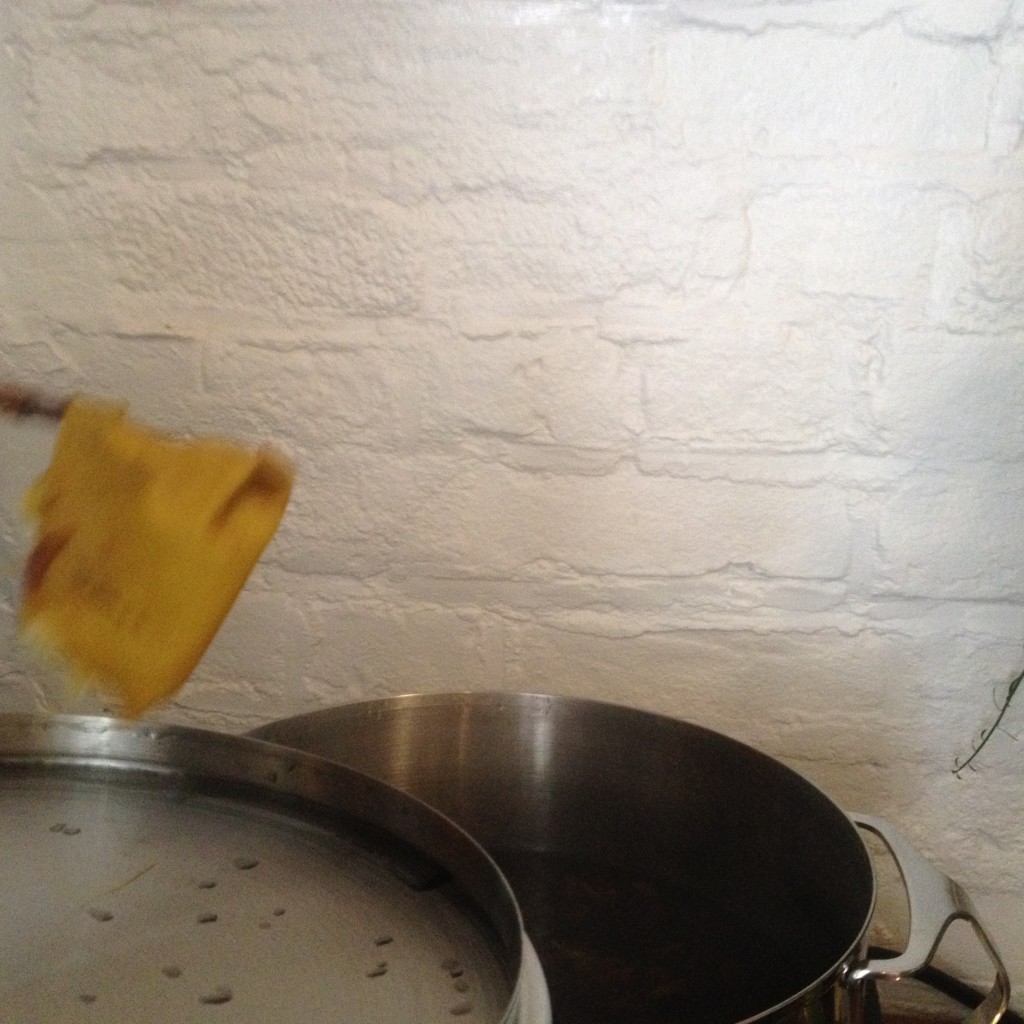
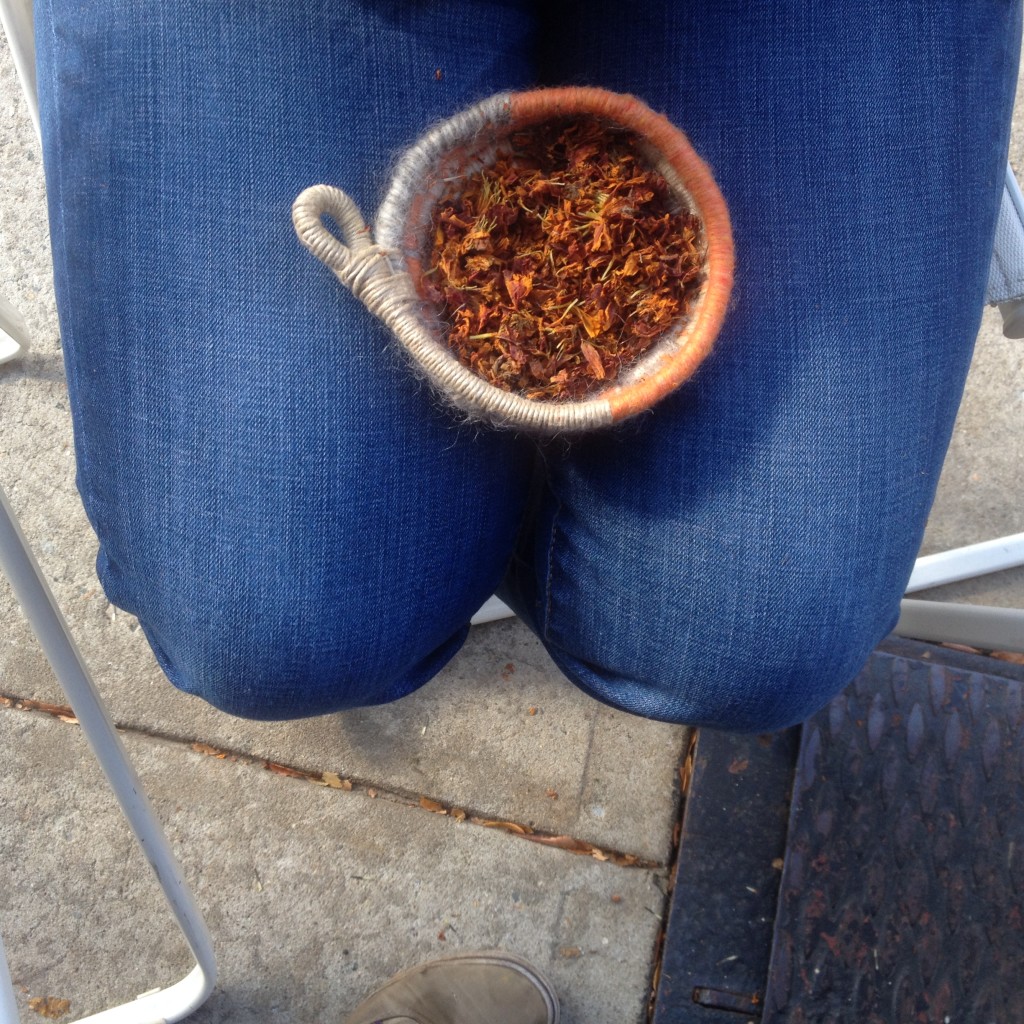
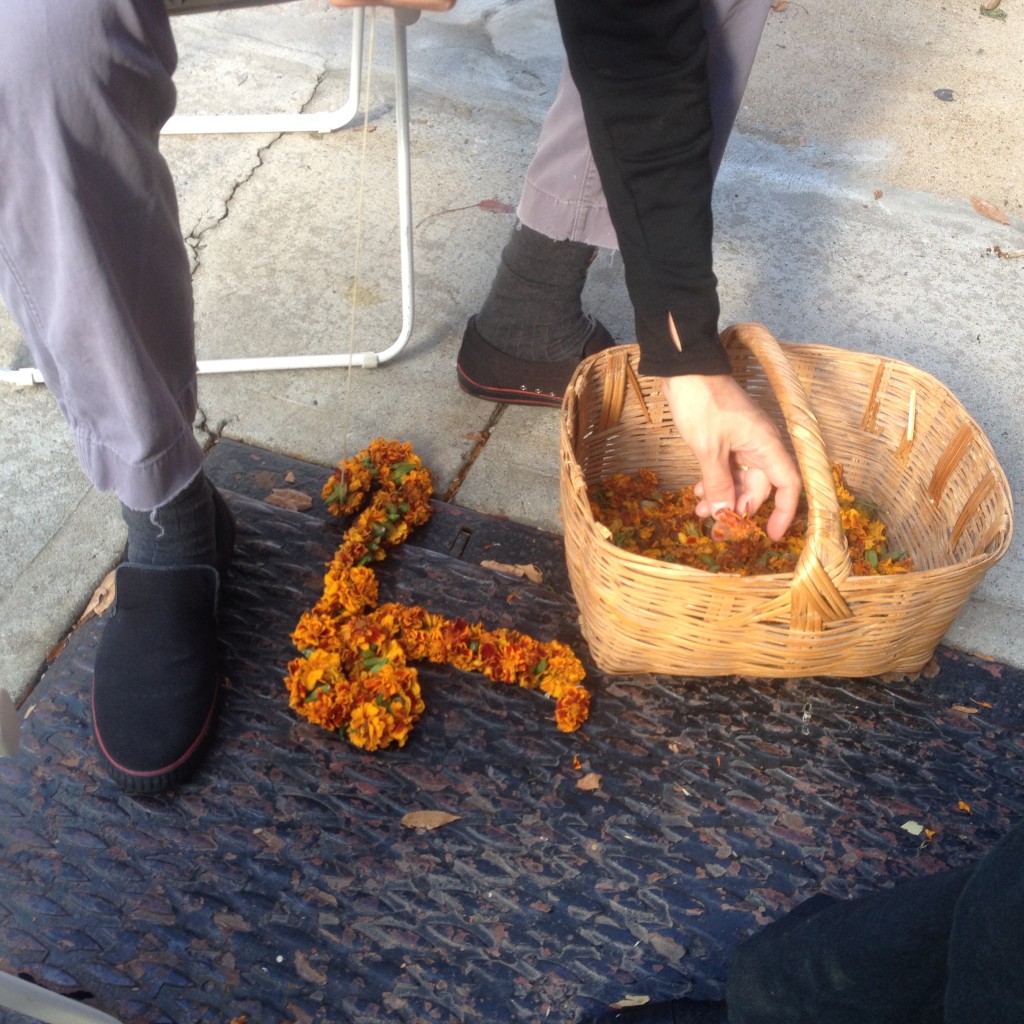

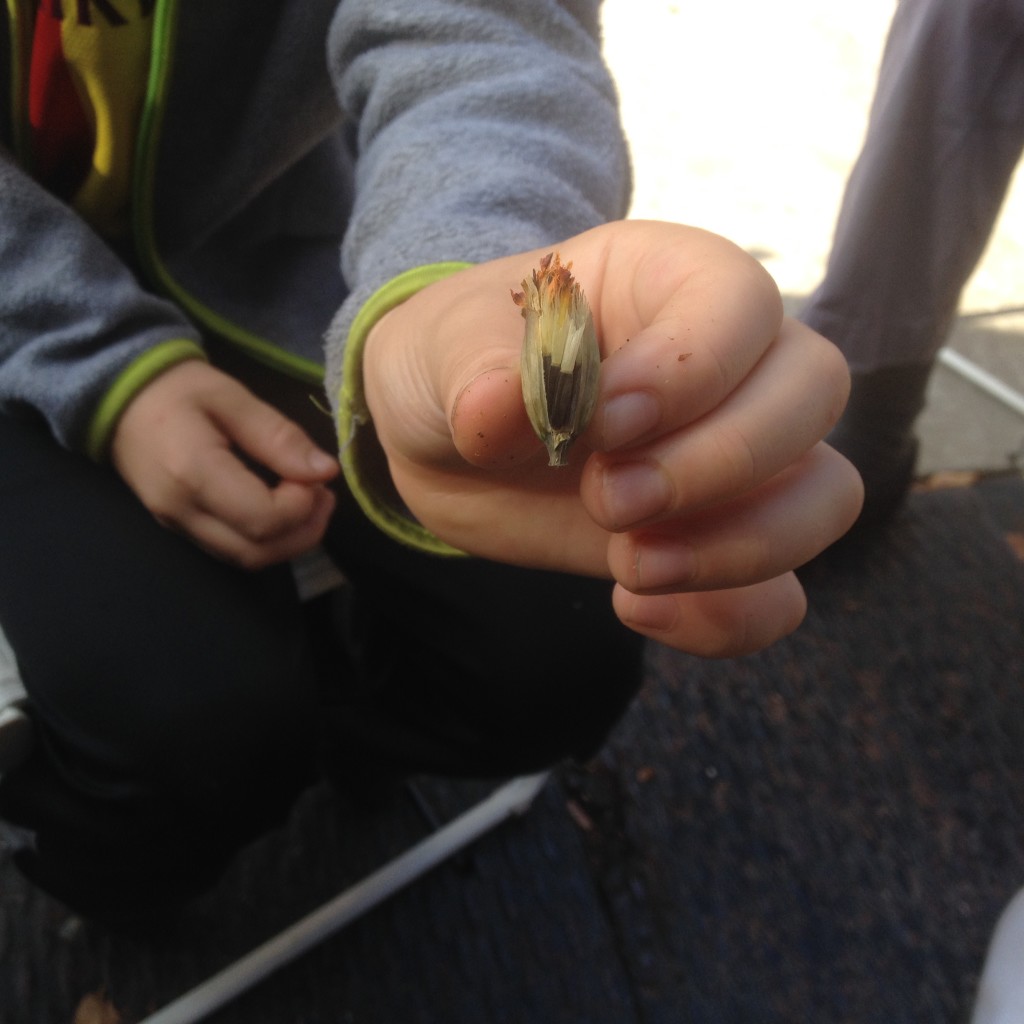
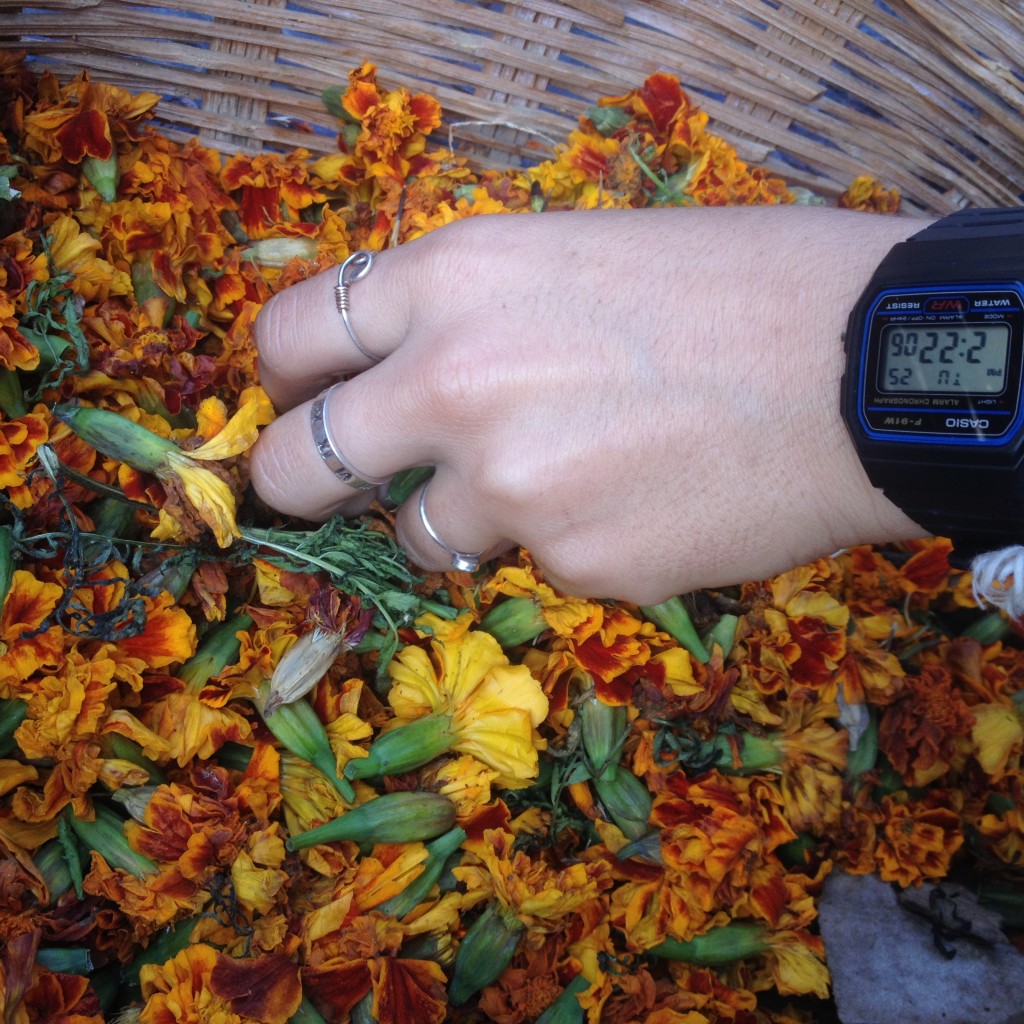
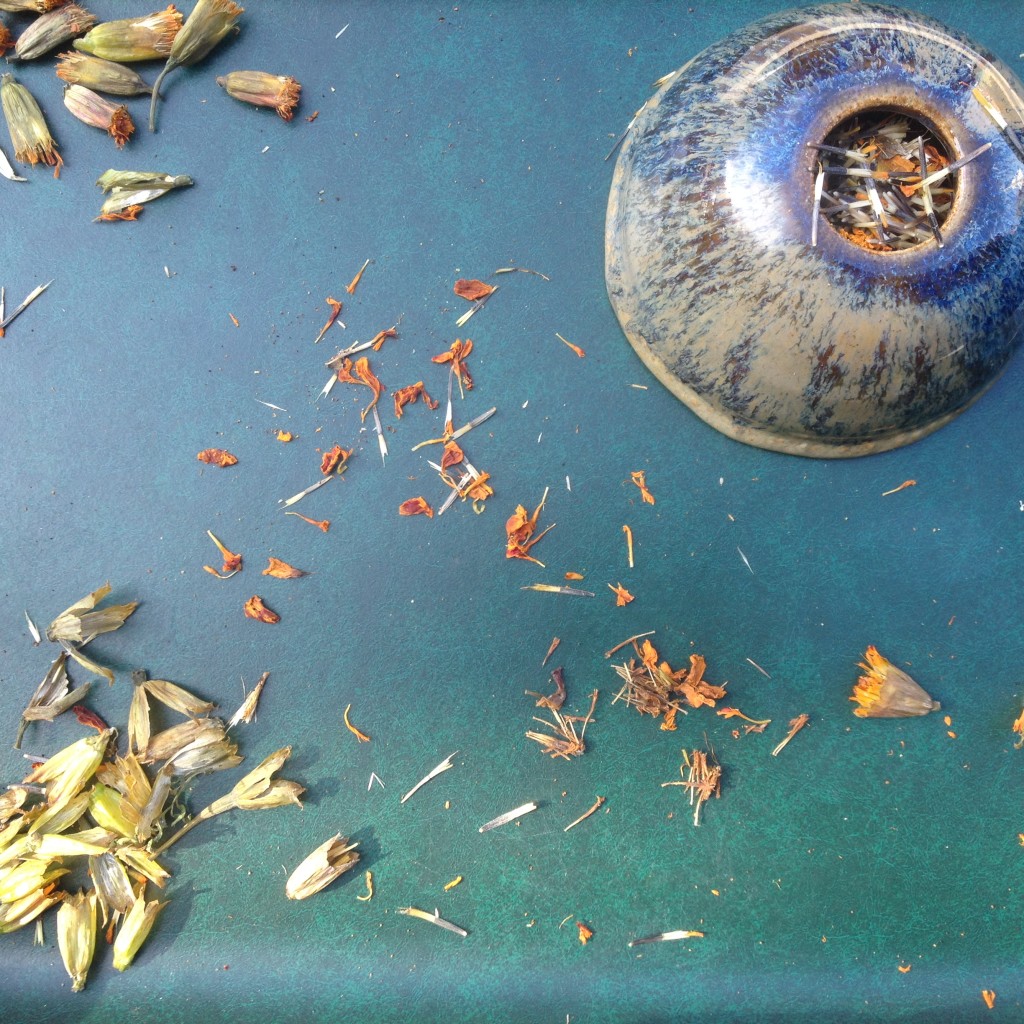
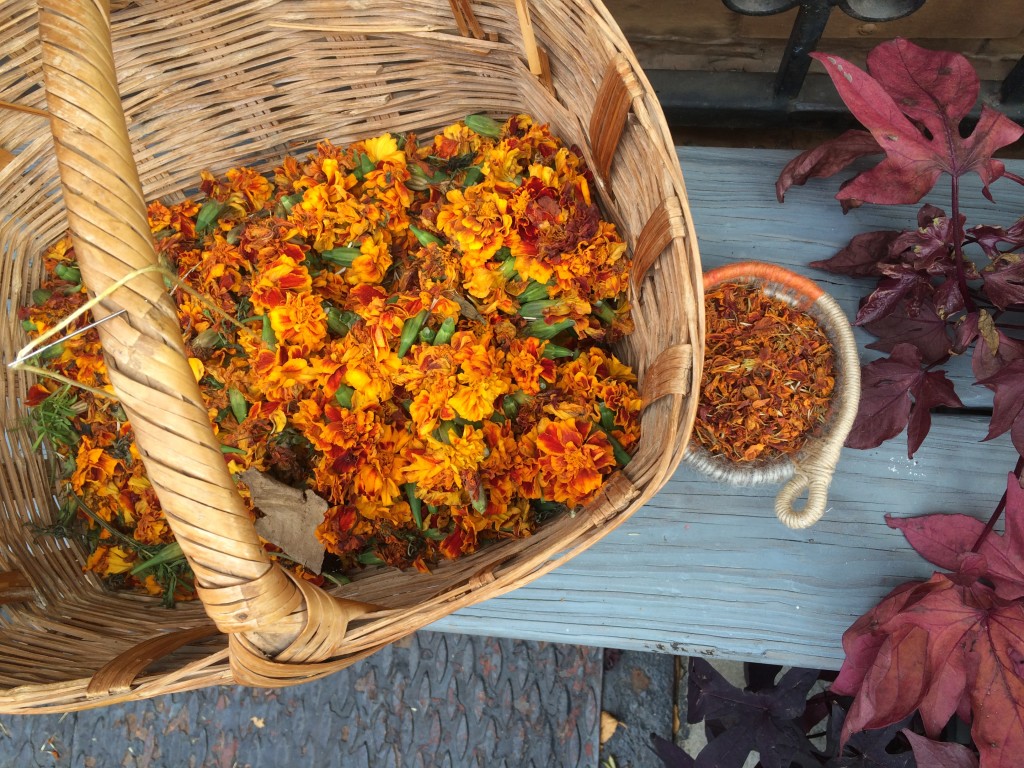
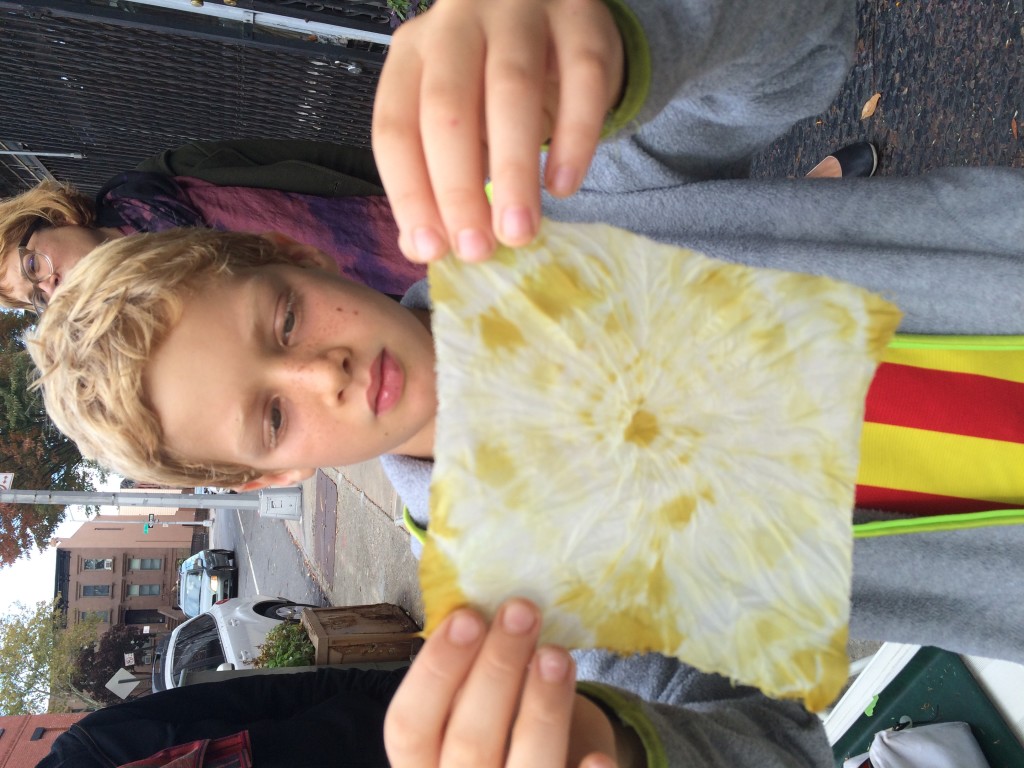
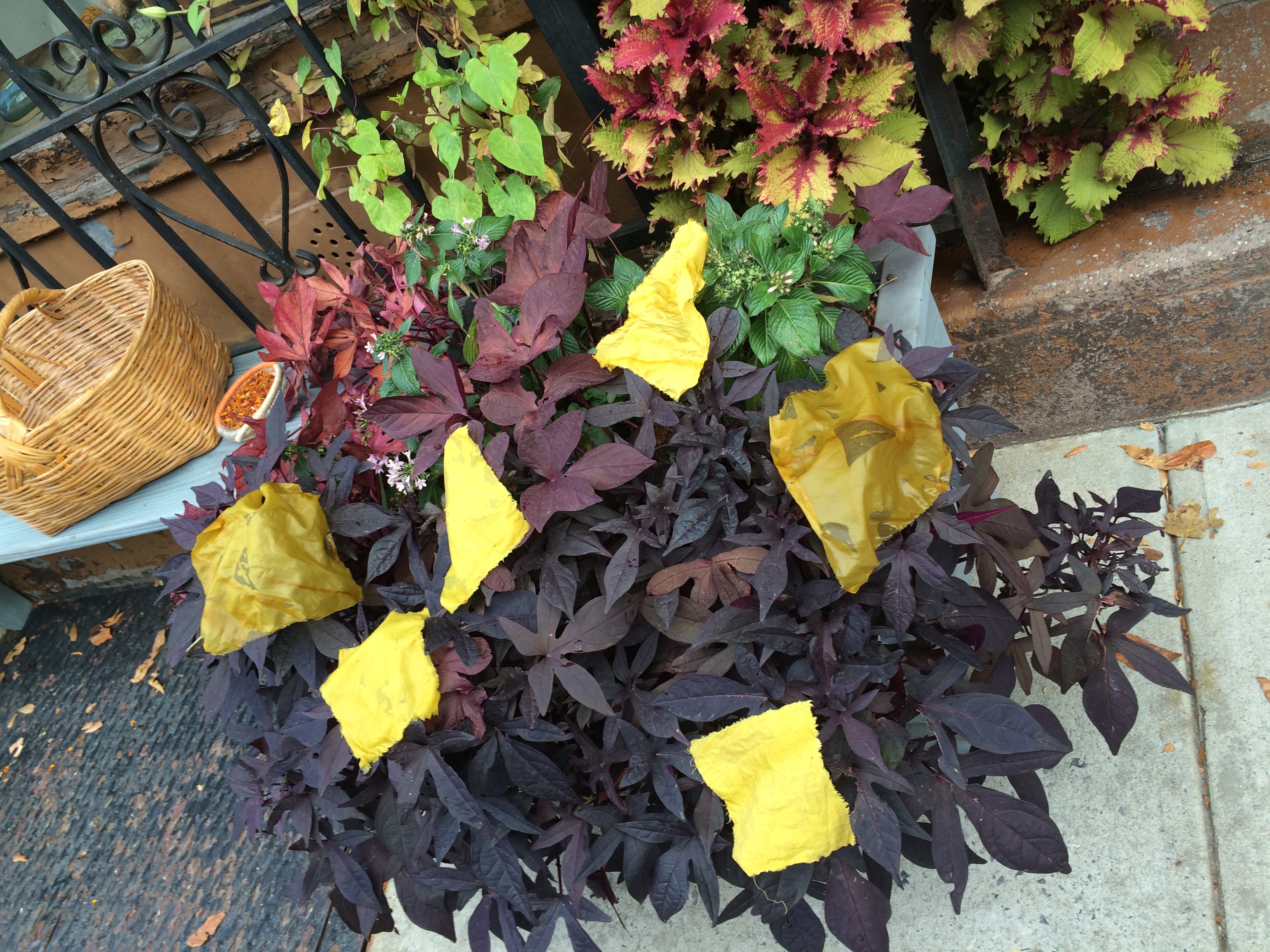
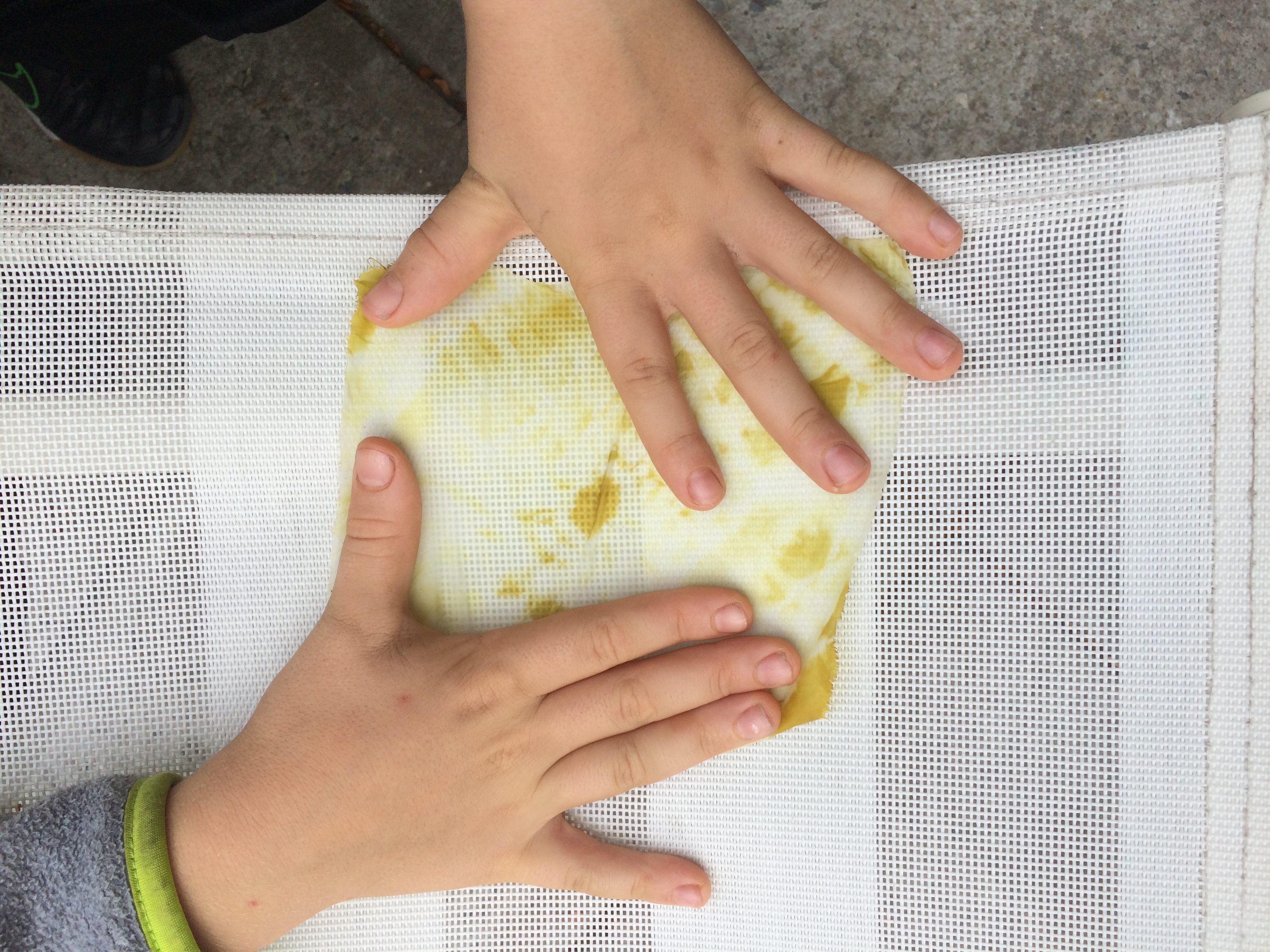
workshop at the Textile Arts Center, Friday December 18, 2015.
RESOURCES
History of Japanese Bookbinding
History of Chinese Bookbinding
Marbled Paper: Past and Present
Playing with Paper: Suminagashi and Orizome






September 2015
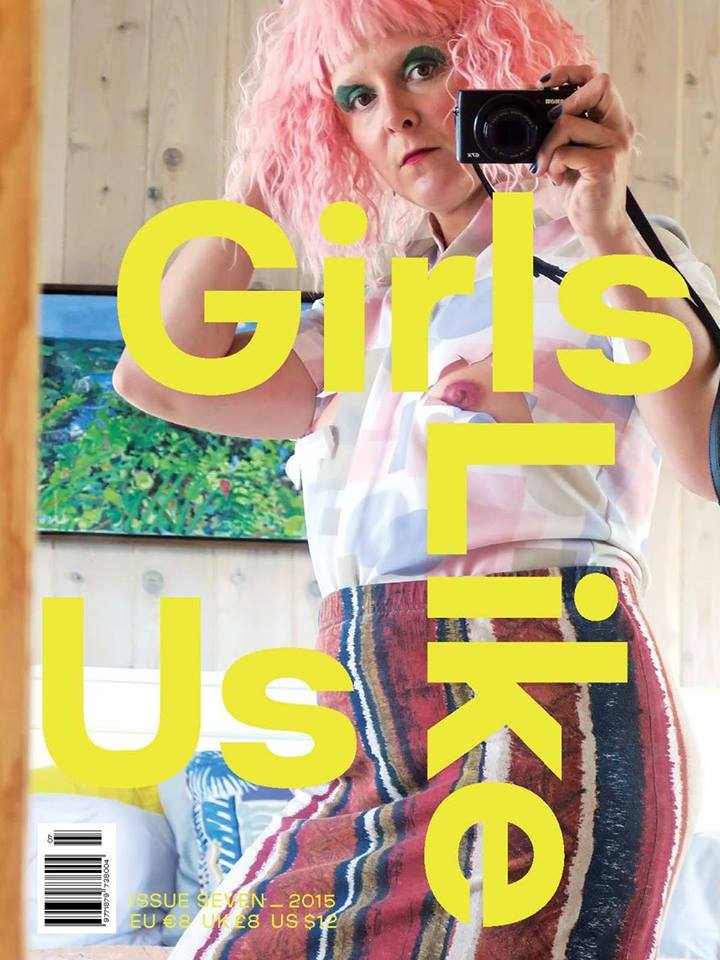
02. Describe what you do in 5 lines.
sometimes plan & prepare
other times mitigate or mis-align
mostly distill, unwind and unpack
also lots of thinking about
what it is that we’re doing
03. Could you send us a sketch / drawing / mapping your practice?

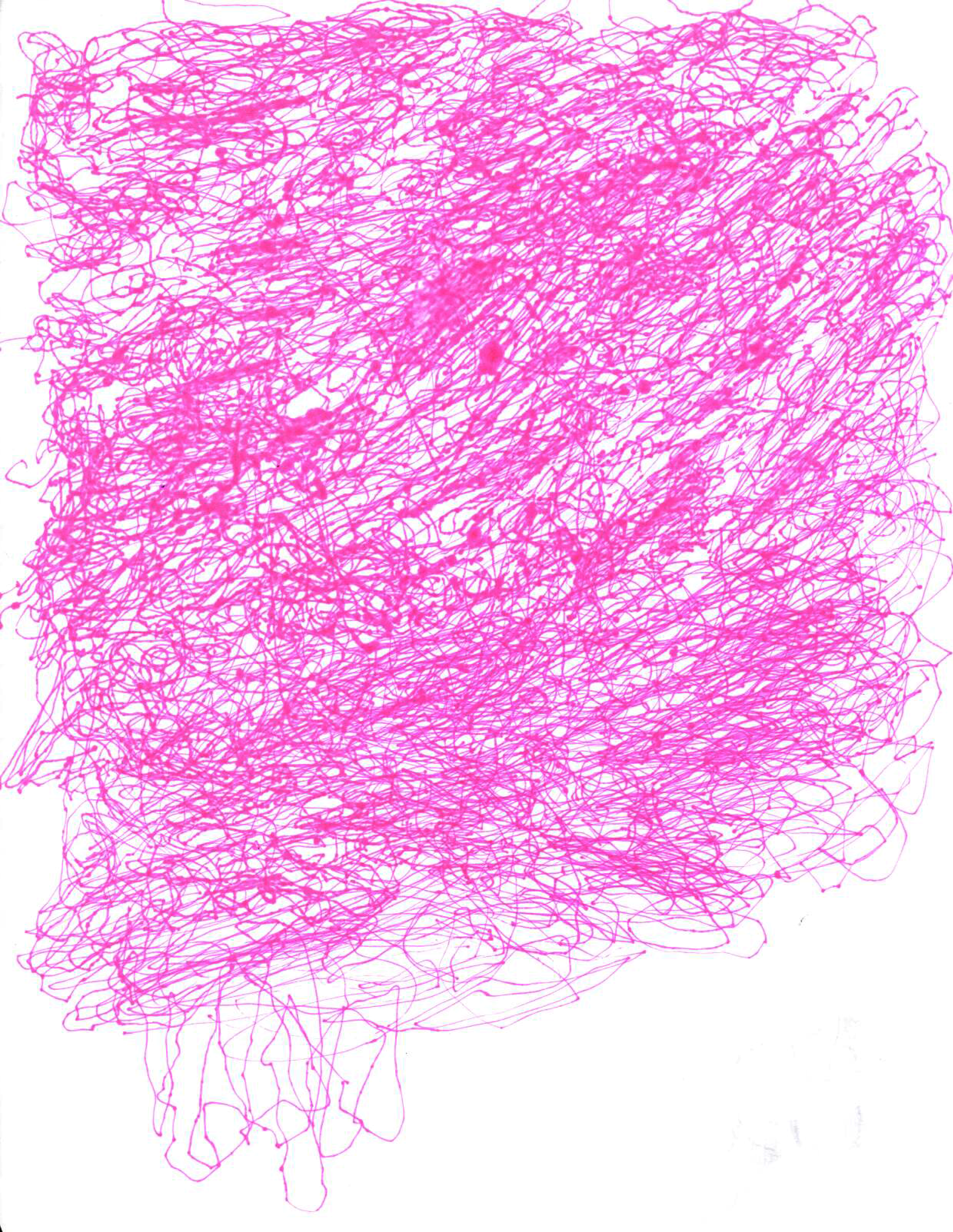
04. What do your parents think you do?
m: they’ve stopped asking
c: try to bend people’s minds
05. How did you discover your healing powers or special gift – were you initiated (if so, how)? Who taught you the craft?
C: As a kid, I had a vision of this exact window in the house that we moved into before we lived there. Seances as teenager, and most recently recently initiated by Rosemary Gladstar, a real life faerie living in the mountains of Central Vermont.
m: I’m pretty sure my mom’s a witch. But Rosemary welcomed us into her community of healers who speak the language of plants. We lived amongst the wild woodland plants at Sage Mountain, where we absorbed the forces of the dense, calm forest. It’s really a place where people go to immerse themselves in all sorts of plant dialects.
06. What are your materials?
moonshine, intuition, boundary-flexing, a decidedly not serious sensibility, conversations with strangers, reading.
07. Do you have a special work outfit?
C: I have outfits that make me do special work
M: sometimes there are outfits that make work more special
09. What does it mean to heal?
We understand healing as a conversation between entities & humans- there’s a give and a take and not necessarily an achievable goal- it’s more of a process. To discover, to watch, to sit quietly, to stop talking & listen to the stories of others, give what you have and make space for that which you do not know.
10. How do you procrastinate?
C: Do you procrastinate?
M: Sometimes I think I walk to procrastinate, other times I think it helps to get something done. Which seems more like part of the process of making it happen towards the same end. What don’t you do to procrastinate?
C: I guess the question is what does it mean to procrastinate?
M: Finding a circuitous route or acting out what someone decided you are should be enacting (probably you?)?
C: So the concept involves the belief that productivity is an end goal? To reject the notion of doing for the sake of doing might mean doing because of doing. Does procrastination exist if we reject the notion of the body as purely a productive model?
M: Just don’t do it.
14. How does the body forget?
M: I do not think the body forgets. I think muscle memory is a strong bank. Unless it gets broken into or the locking mechanism is changed. Organs get twisted around…
C: Is remembering is the default function of the body? I hope my body doesn’t file memories and trauma. I’d like to believe in the notion of willful action, that forgetting and remembering exist symbolically/symbiotically.
M: But isn’t it amazing how bodies store energy? Like if you’ve got a knot in your back, it’s probably because you were sitting funny or walking heavy on one foot. Even if the brain forgets, the body remembers.
15. Which of your senses do you trust the least?
C: Can one trust their sense of ones own senses? Or is it better to be naturally dis-trustworthy of yourself?
M: What is trust anyway? We all have different frames and references for sense, and trust. My nose is sensitive, I value it most, but I don’t like sweet, sugary, or buttery smells that most folks like. I can lose my sense of time in sour scents like loamy humus. Maybe I least trust my sense of digestion.
16. What era in time would you have liked to have lived?
To have been in the first algal pool, reaching toward the sun as a microorganism, or sometime before recorded language & history, when humans were less esoteric and entities were a bit more self-organized and the confines of the home meant huddling under a bundle of oak twigs lashed together with willow, or in time to be commiserating with Joan of Arc, to dismantle the circumstances which brought her to the stake. When was that, during the 1400’s?
17. How do you exercise?
C: I lose myself. Fall off my bike or carrying strange shapes home in too many bags.
M: with my hands, in the garden, walking the same path twice
18. What were you doing 10 years ago?
C: living in a farm town, making coffee and thinking about a big city, by myself.
M: getting lost in dark rooms, searching for something bigger than me and taking notes along the way
19. What is the best remedy / ritual / herb / potion / spell:
– against giving up?
C: A formulation for bring otherness into your life-
a cup of kava kava root
– three spilanthes flowers
– flowers with thorns or animals that bite
– brutal honesty from someone in your past
– a spell knotted into a string and burned
Combine all ingredients, ideas and misgivings at will. Breathe deep and extend beyond the point of not being able to do it any longer.
M: Harvesting stinging nettles is a great activity to cultivate persistence. Grab a basket and head to a spot near a river close to the edge of woods. They’re hairy and tall, and have toothed-leaves and a square stem. The first few stings are sharp, but if you endure this inferior moment and let histamine, serotonin and formic acid into your blood stream, you hold the power to stimulate the fluid that coats your joints. These minerals get in the way of how your body usually transmits pain to your brain, often inducing an ethereal and empowering vitality. An incredible ritual for arthritis or inflammation. Also going on a walk is a great remedy for anything.
20. Care to share a secret recipe?

21. How does our body connect us to others?
How does it not? Maybe all processes of the body are responses to what’s happening with other bodies- of water, sound, air or animal / human. Even when you’re sleeping and those other bodies are moving around you… we can feel what’s happening around us if we pay attention, physical, emotional psycho – spatial or energetic
22. How do you see the future?
By looking into the past. Closing eyes and opening your mind.
Saturday 10 October – Saturday 7 November 2015
Open 8 am – 11 am & 6 pm – 9 pm, 7 days per week
Last entry 30 minutes before session ends.
The steam bath is mixed and open to everyone.
Women only: Wednesday 8 am – 11 am & 6pm – 9 pm, Saturday 8am – 11 am, Sunday 6pm – 9 pm. Men only: Monday 6-9 pm.
Opening reception: Friday 9 October 2015, 7pm – 10pm. Guided tours at 7.45 pm and 8.30 pm.
@ W139, Warmoesstraat 139, Amsterdam
http://80.101.51.238/chu
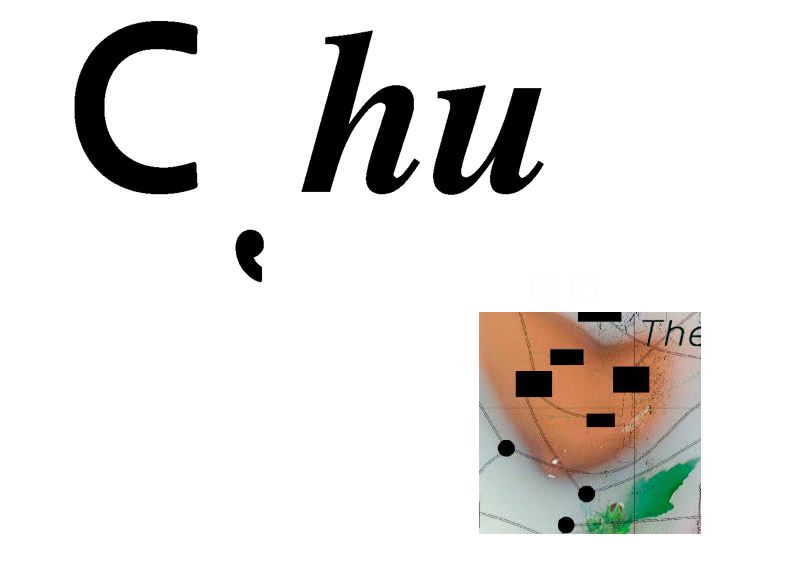
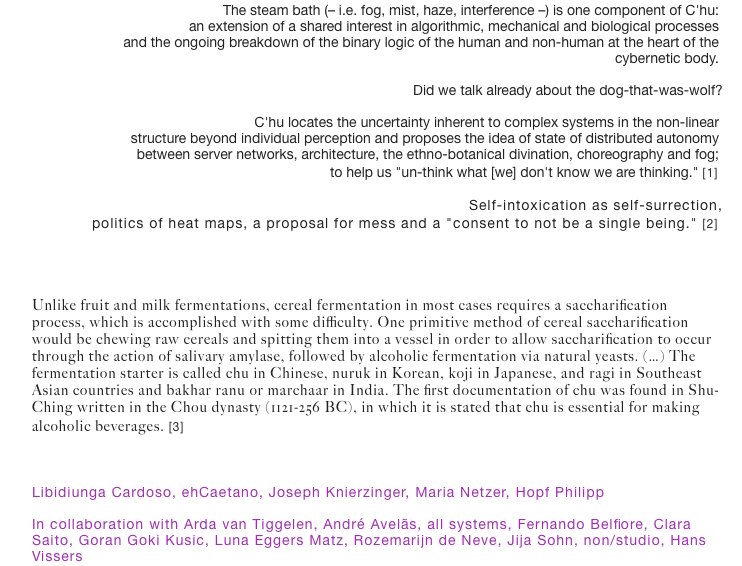
The steam bath (– i.e. fog, mist, haze, interference –) is one component of C’hu:
an extension of a shared interest in algorithmic, mechanical and biological processes
and the ongoing breakdown of the binary logic of the human and non-human at the heart of the
cybernetic body.
Did we talk already about the dog-that-was-wolf?
C’hu locates the uncertainty inherent to complex systems in the non-linear
structure beyond individual perception and proposes the idea of state of distributed autonomy
between server networks, architecture, the ethno-botanical divination, choreography and fog;
to help us “un-think what [we] don’t know we are thinking.” [1]
Self-intoxication as self-surrection,
politics of heat maps, a proposal for mess and a “consent to not be a single being.” [2]
Unlike fruit and milk fermentations, cereal fermentation in most cases requires a saccharification process, which is accomplished with some difficulty. One primitive method of cereal saccharification would be chewing raw cereals and spitting them into a vessel in order to allow saccharification to occur through the action of salivary amylase, followed by alcoholic fermentation via natural yeasts. (…) The fermentation starter is called chu in Chinese, nuruk in Korean, koji in Japanese, and ragi in Southeast Asian countries and bakhar ranu or marchaar in India. The first documentation of chu was found in Shu-Ching written in the Chou dynasty (1121-256 BC), in which it is stated that chu is essential for making alcoholic beverages. [3]
Libidiunga Cardoso, ehCaetano, Joseph Knierzinger, Maria Netzer, Hopf Philipp
In collaboration with Arda van Tiggelen, André Avelãs, all systems, Fernando Belfiore, Clara Saito, Goran Goki Kusic, Luna Eggers Matz, Rozemarijn de Neve, Jija Sohn, non/studio, Hans Vissers
Accompanying C’hu, Future Ruins and the Side Room present
Idiotic Code: On Resistant Usership,
a multi-disciplinary five-day seminar taking place at W139 and the Side Room.
http://80.101.51.238/idiotic_code
[1] Lisa Nakamura during the panel Feminism, Technology, and Race, 2013
[2] Edouard Glissant as quoted in: Fred Moten, “Blackness and Nothingness (Mysticism in the Flesh),” South Atlantic Quarterly 112, no. 4 (2013) 737–80.
[3] Applied Mycology and Biotechnology, Volume 2: Agriculture and Food Production, p. 152, ed. by George G. Khachatourians & Dilip K. Arora (Elsevier, 2002)
@ BEAM camp in Strafford, New Hampshire. Summer 2015.




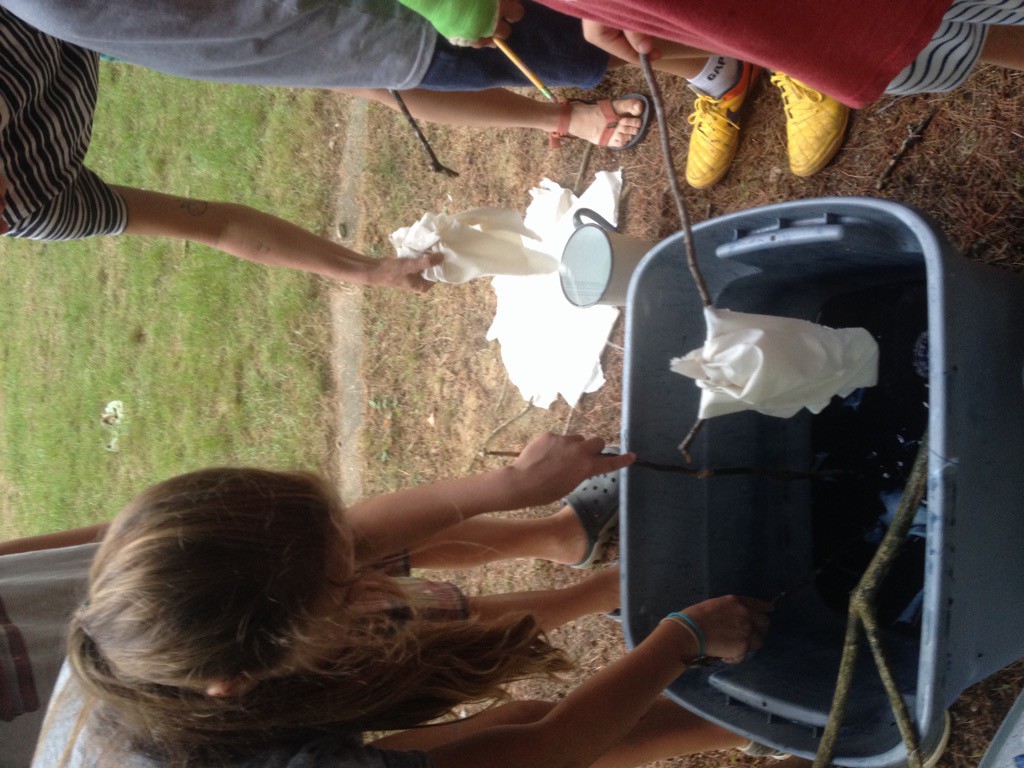




@ BEAM camp in Strafford, New Hampshire. Summer 2015.

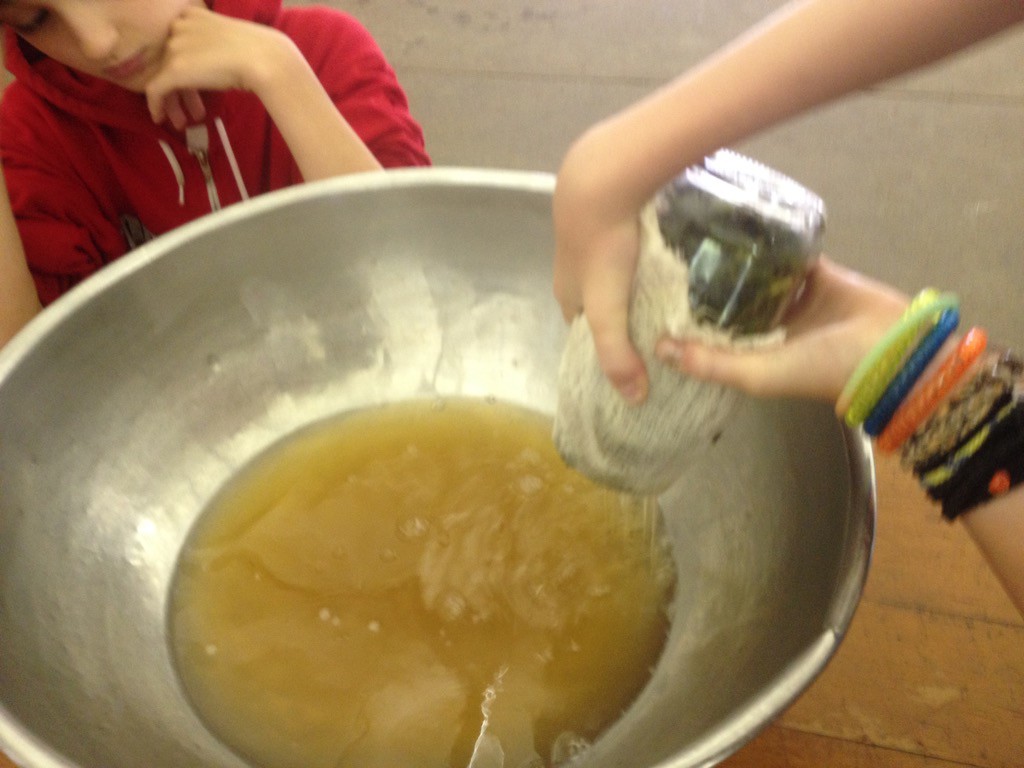
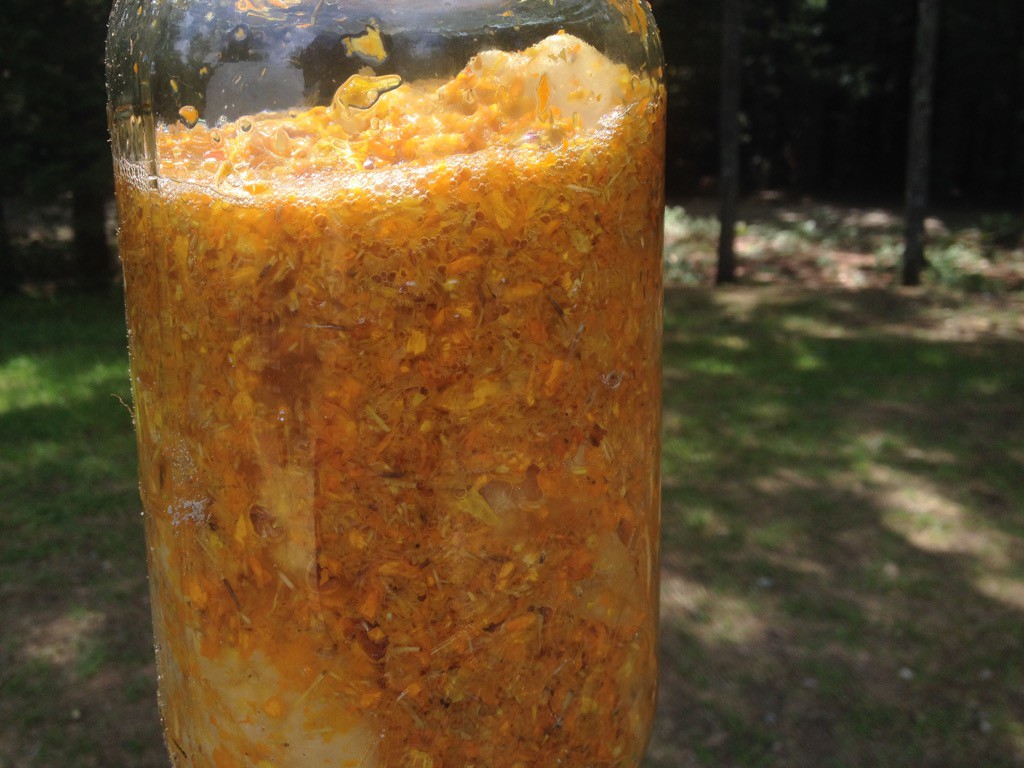



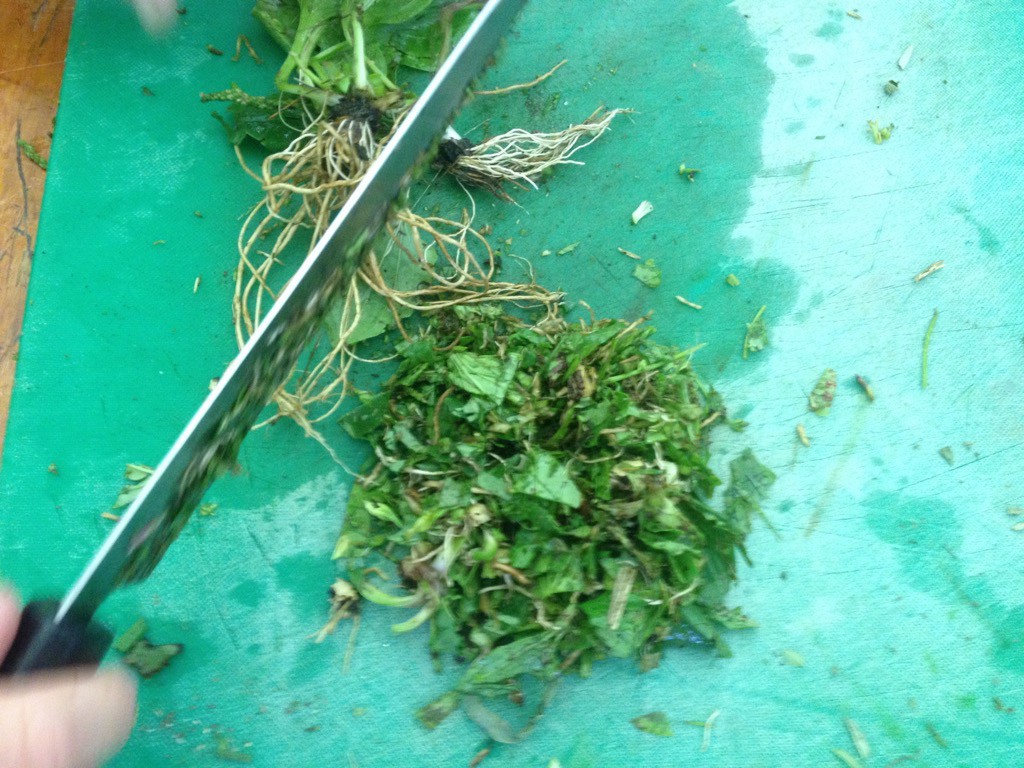
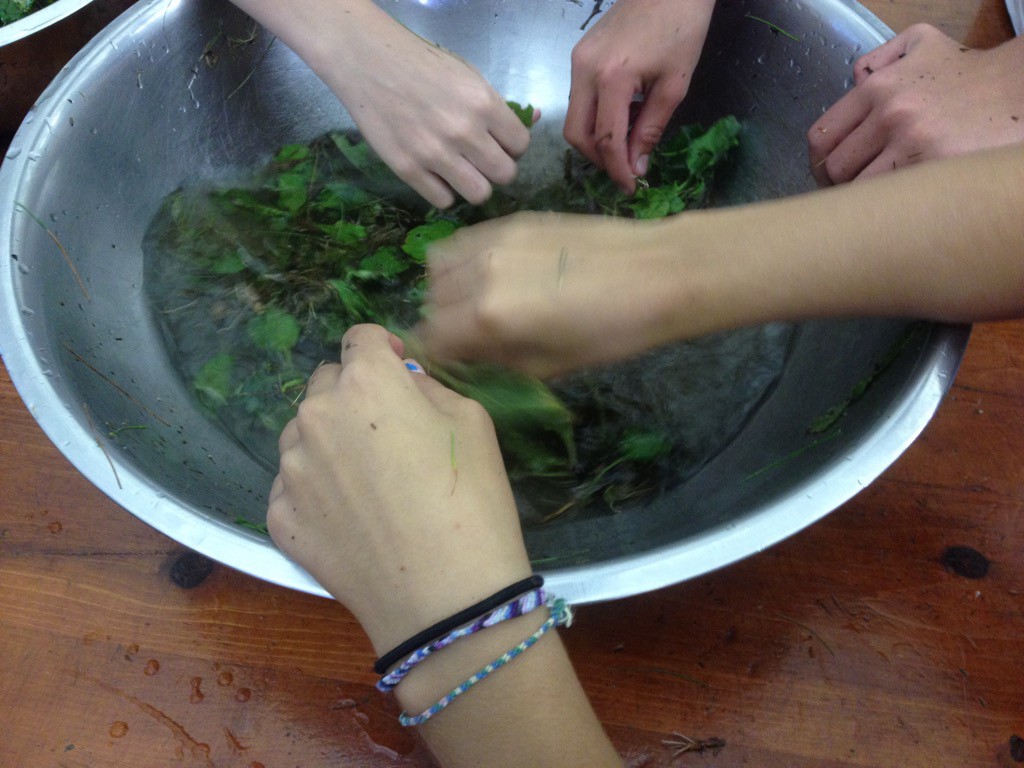
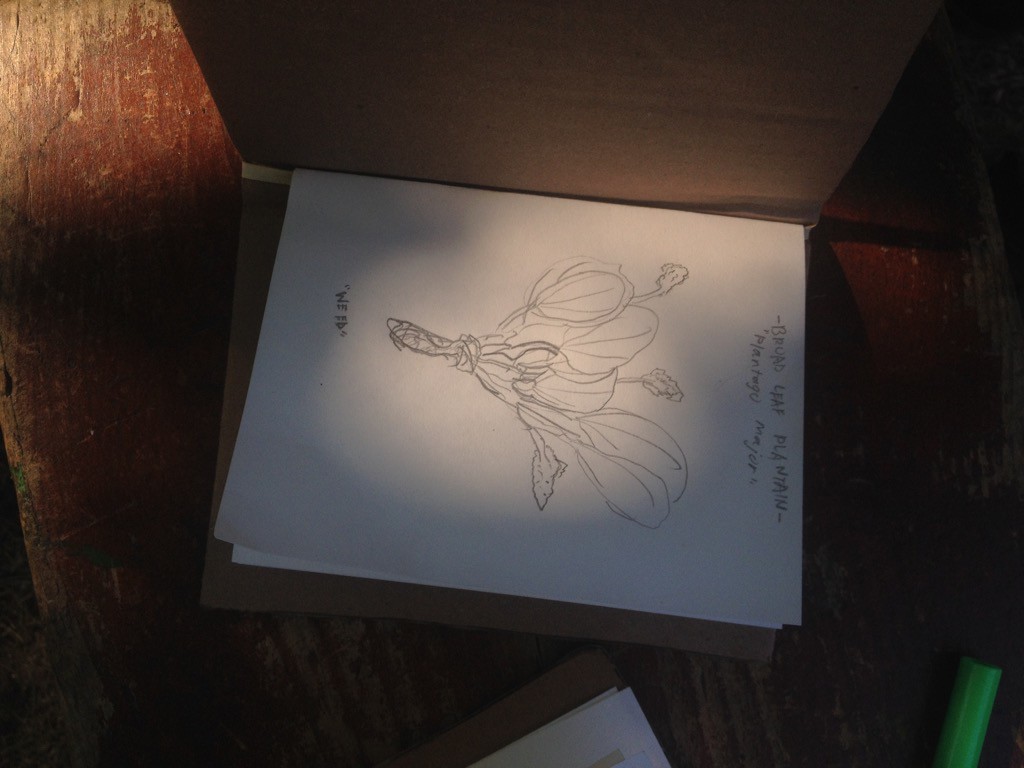
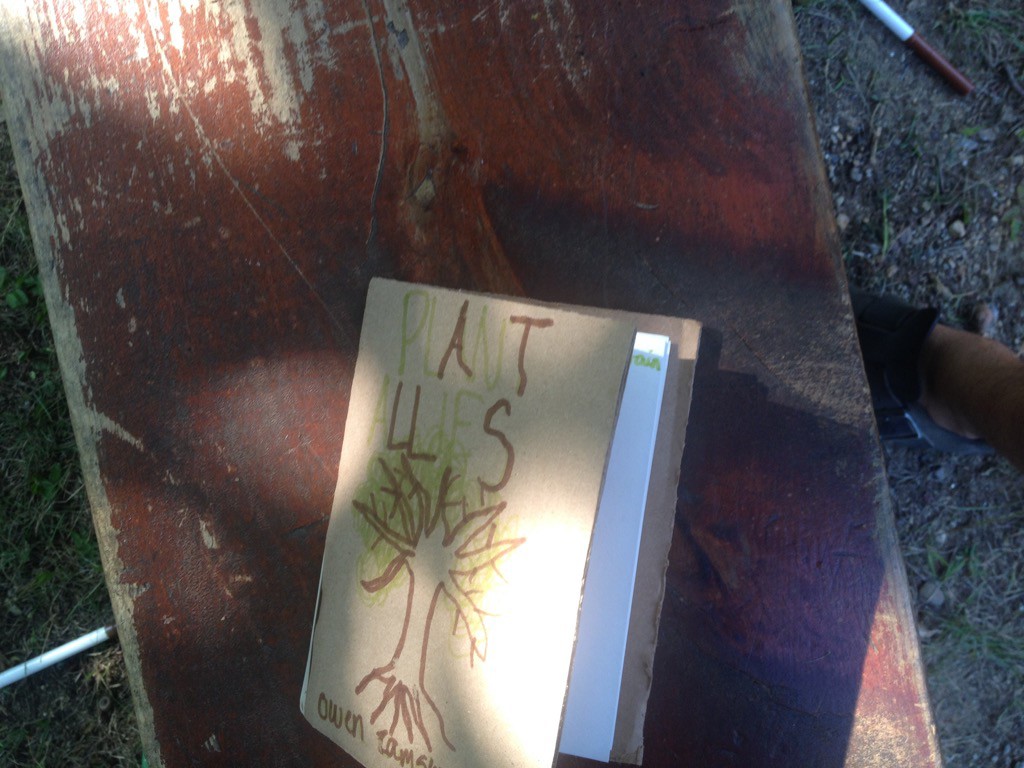
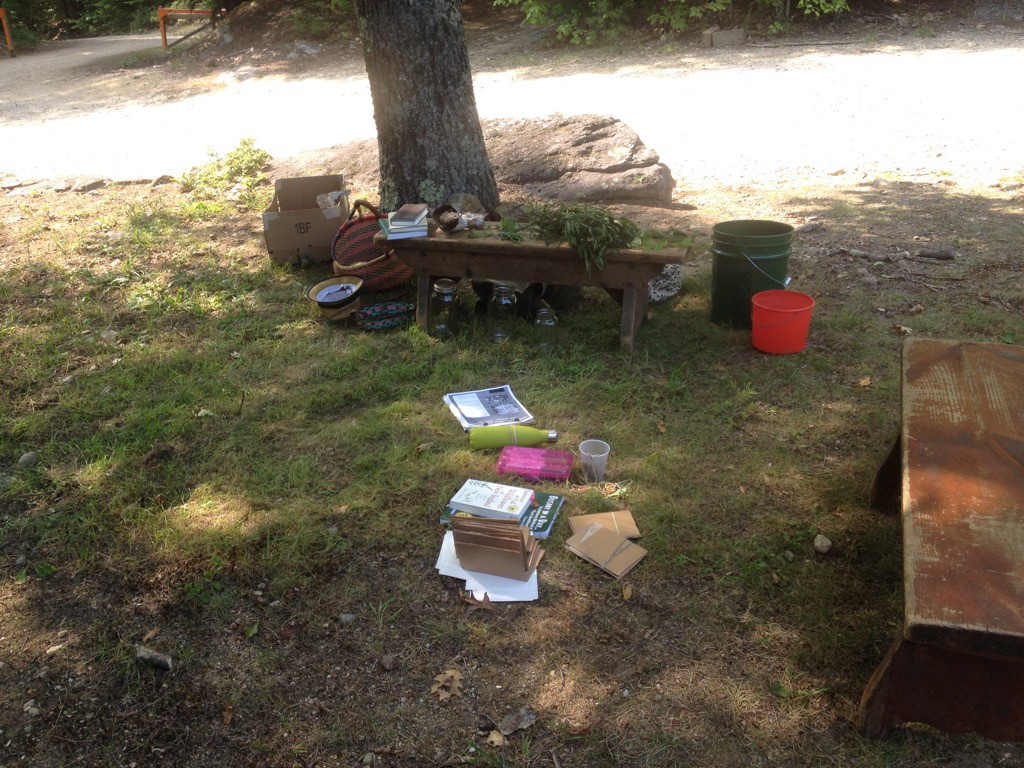
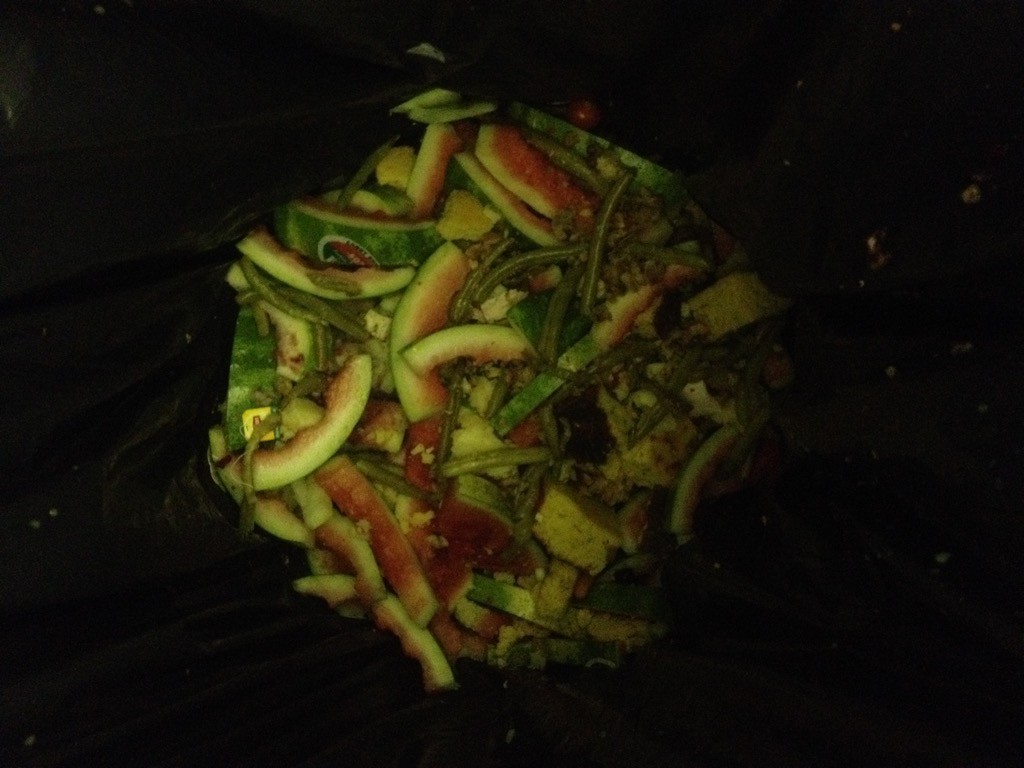

How does a story come together? What are the nuances and layers of a path through the woods? How were your pants made? These questions, alongside many more that are generated in the process, will form the explorations of this domain. Using simple tools and big ideas, we will fashion our own looms, weaving together an existence and understanding of cloth production amidst avid experimentation with technique. We will look at weaving traditions from all over the globe, try out back strap weaving, look at modern technological advancements and find impetus to explore in the work artists and makers exploring the wide world of weaving.
@ BEAM camp in Strafford, New Hampshire. Summer 2015.









An exploration of different modes of learning by way of MOVEMENT, PRODUCTIVITY, PASSIVITY and REST. Can we take a walk with our eyes closed? Learn the basics of Tai Chi? Communicate without sound? Tie knots by speaking? Perform public failing? How do we communicate ideas about things we do not understand or know?
@ BEAM camp in Strafford, New Hampshire. Summer 2015.

